|
Mar/Apr 2021 edition Issue #15 AutoMobilia Resource Magazine Written by Dr. Ronald Frank with Photos by Michael Furman A Hobby Whose Time Has Come: |
Dr. Ronald FrankDr. Frank is an avid collector, enthusiast and expert on automotive dash clocks with numerous written articles as well as an impressive collection. [email protected] ArchivesCategories |
Home
|
Subscribe
|
|
Automobilia Resource LLC
1217 Cape Coral Pkwy East #178 Cape Coral, Florida 33904 Main office: 954-579-5280 Subscriptions: 224-558-8955 Editor: 631-258-9887 |
Copyright © 2023 Automobilia Resource LLC. All Rights Reserved

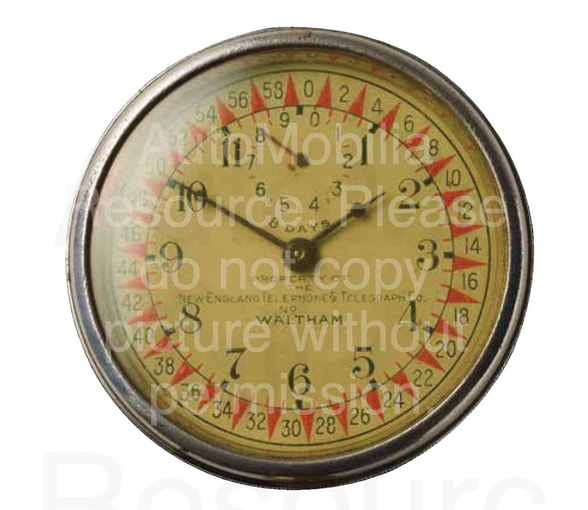
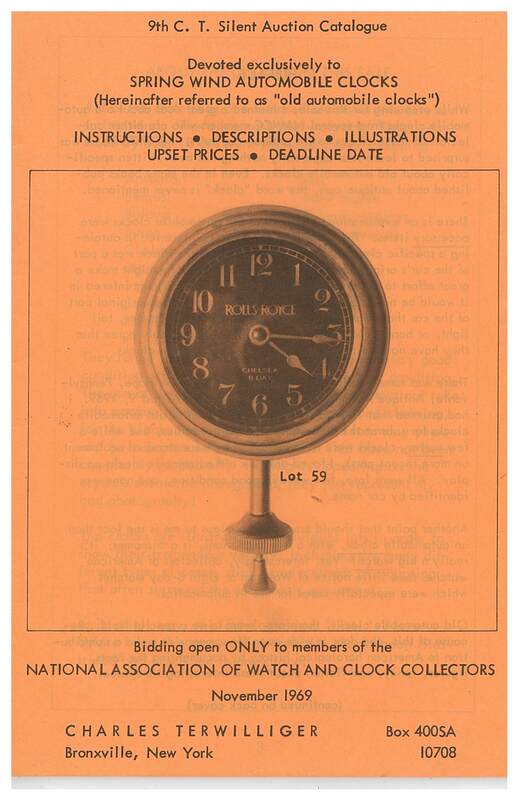
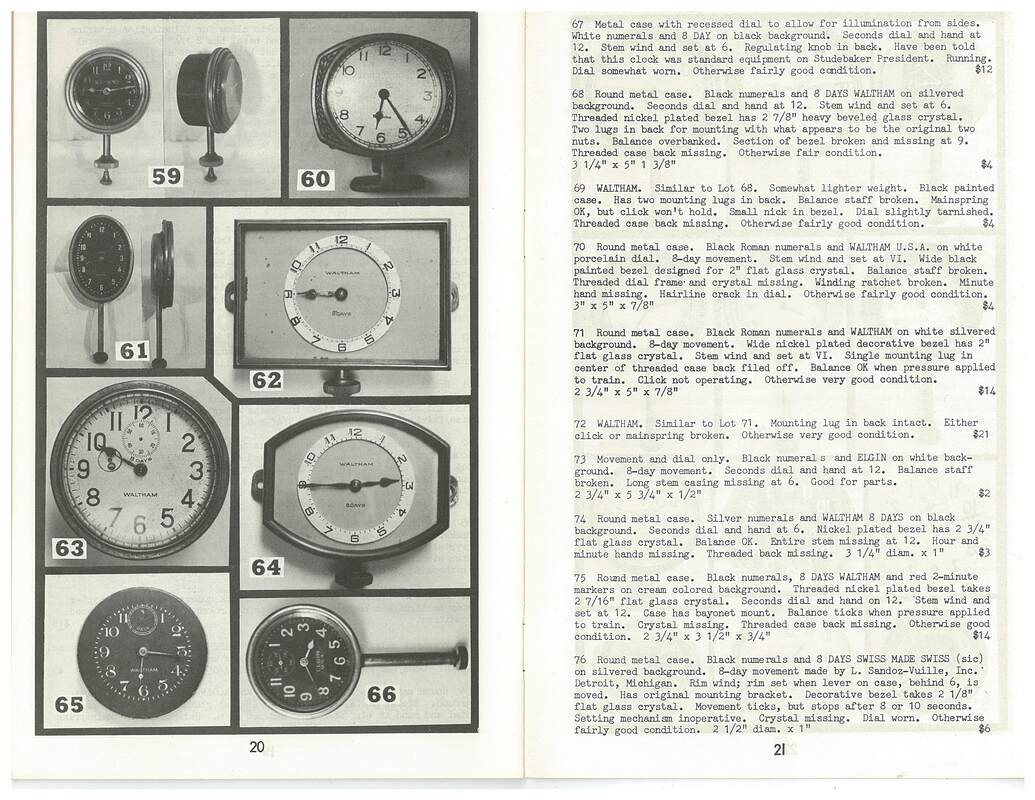
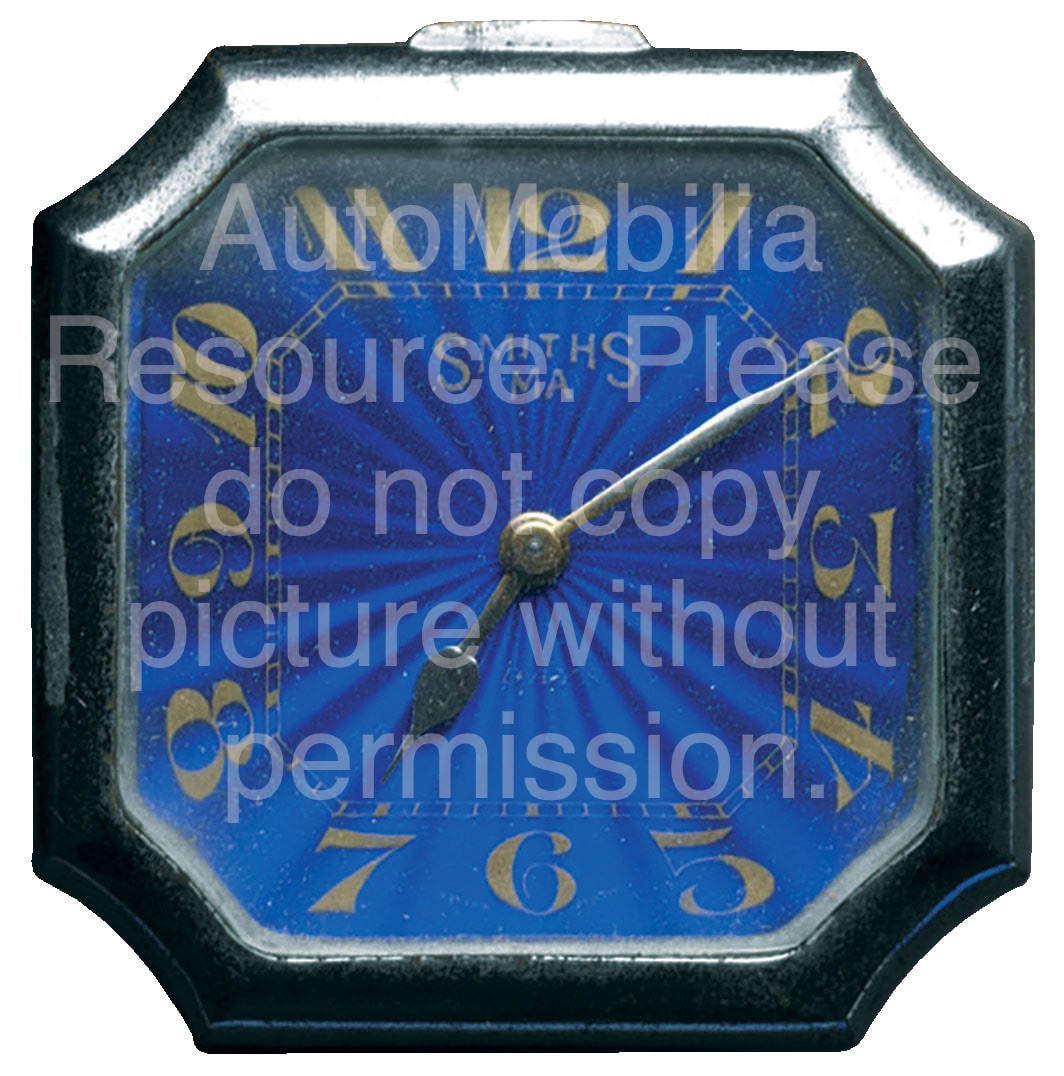
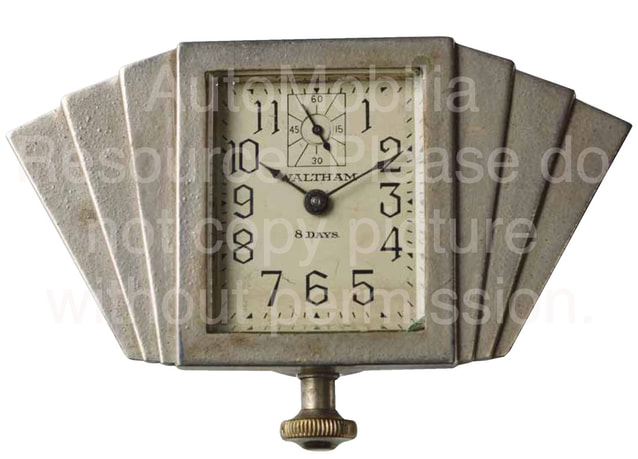
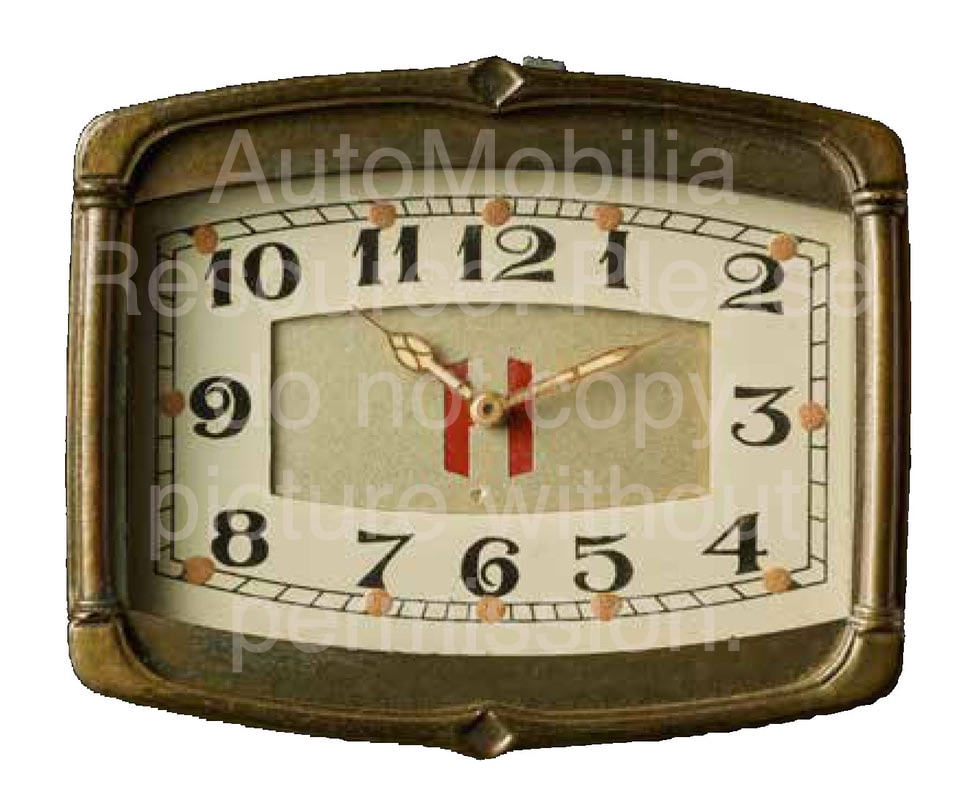
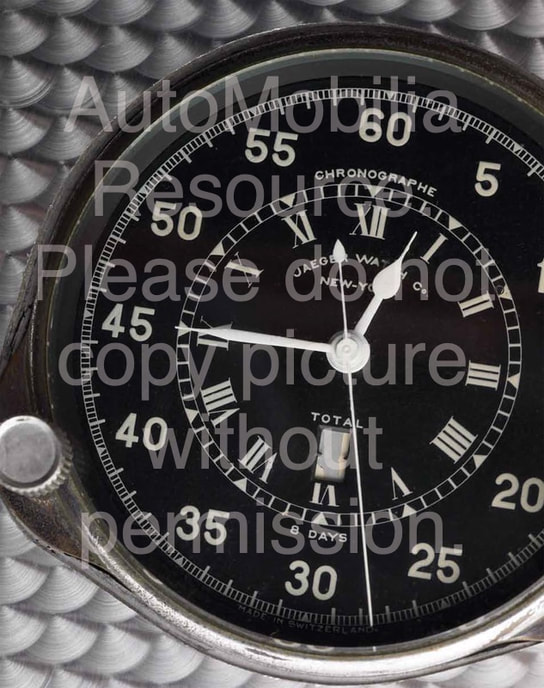
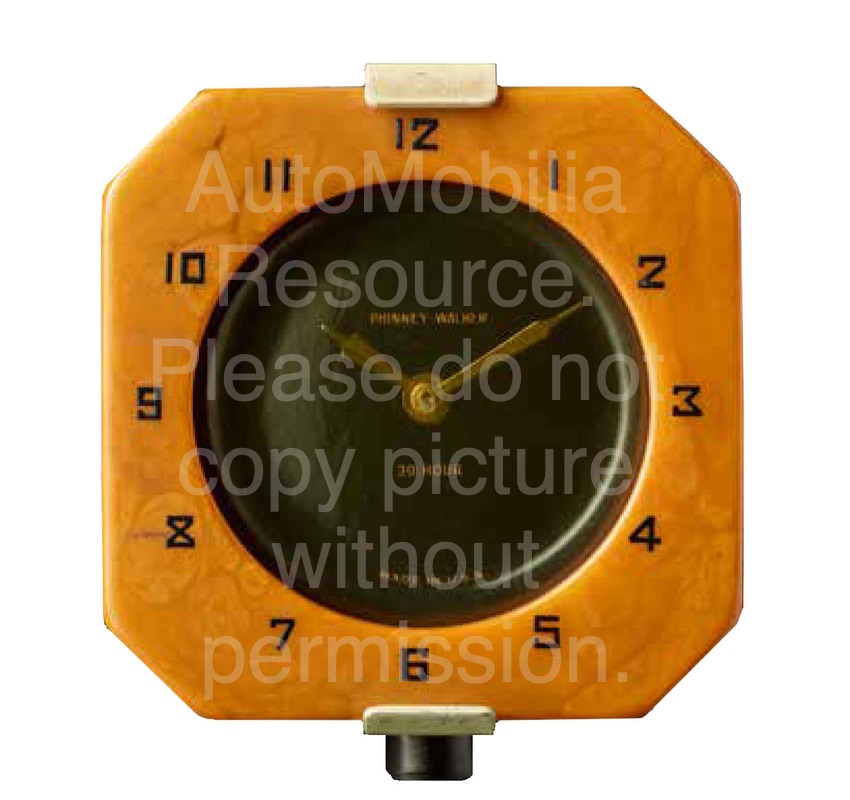
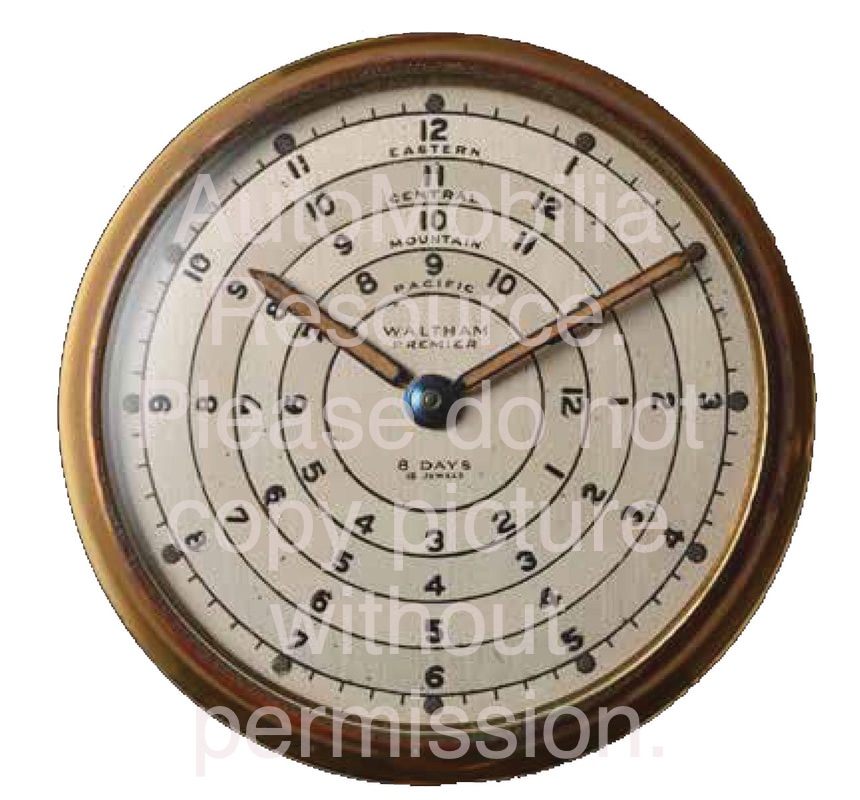
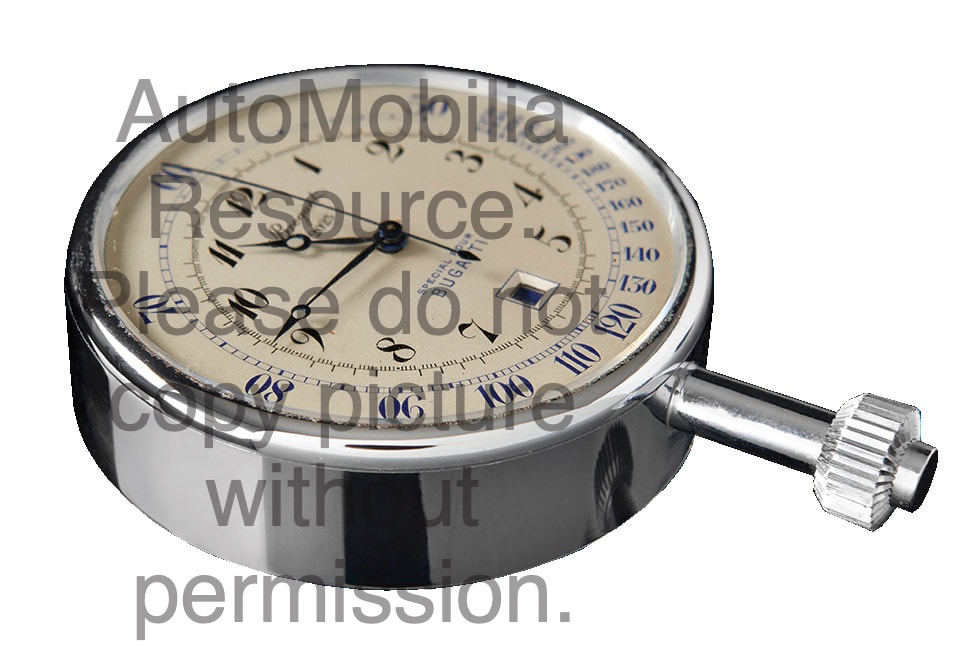
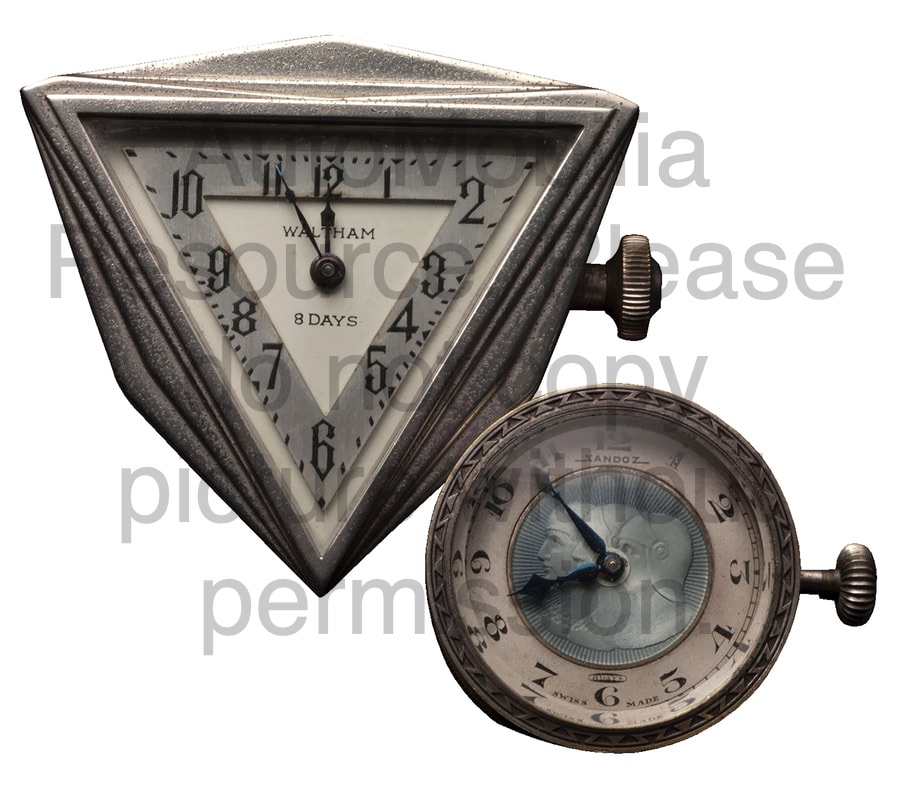
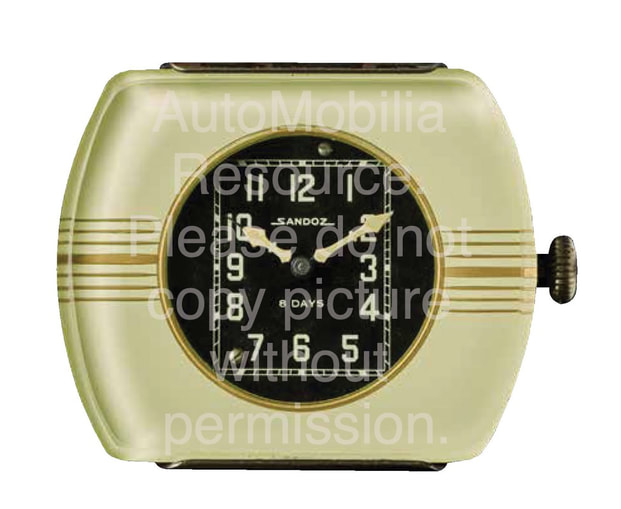
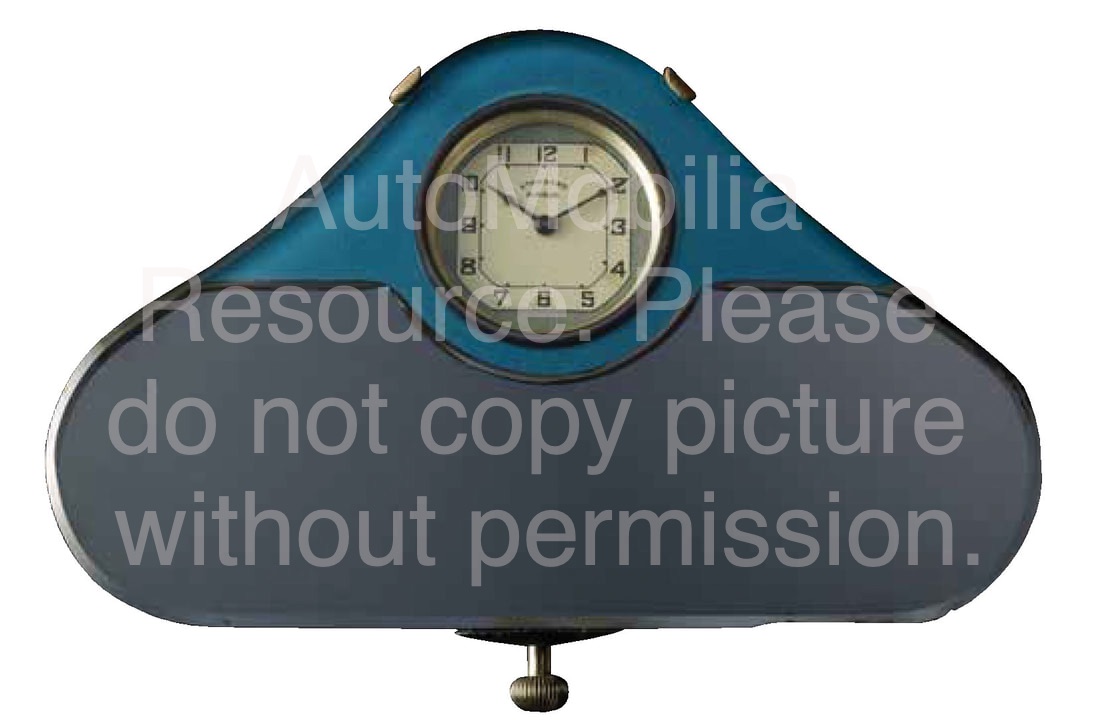
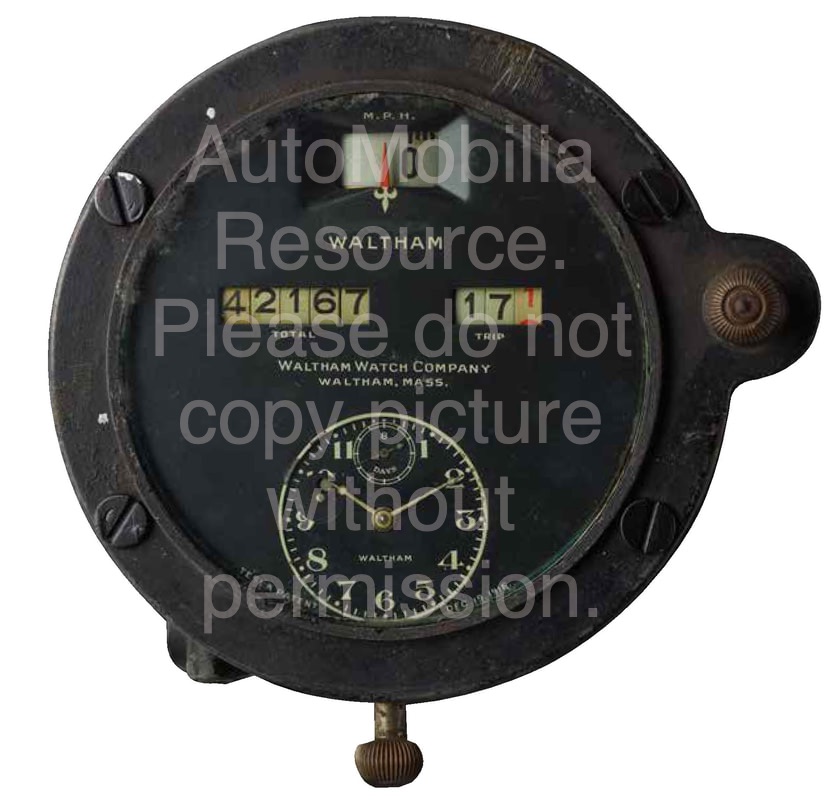
 RSS Feed
RSS Feed